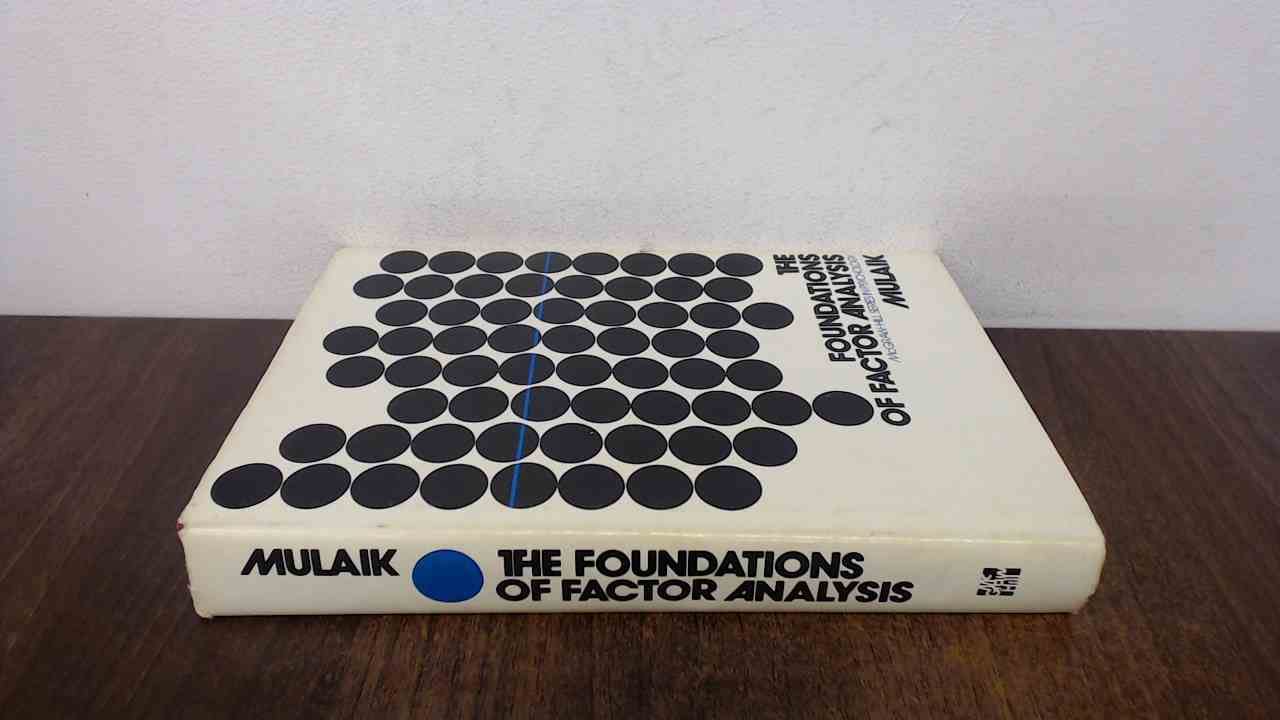What do you think?
Rate this book


Providing a practical, thorough understanding of how factor analysis works, Foundations of Factor Analysis, Second Edition discusses the assumptions underlying the equations and procedures of this method. It also explains the options in commercial computer programs for performing factor analysis and structural equation modeling. This long-awaited edition takes into account the various developments that have occurred since the publication of the original edition.
New to the Second Edition
A new chapter on the multivariate normal distribution, its general properties, and the concept of maximum-likelihood estimation More complete coverage of descriptive factor analysis and doublet factor analysis A rewritten chapter on analytic oblique rotation that focuses on the gradient projection algorithm and its applications Discussions on the developments of factor score indeterminacy A revised chapter on confirmatory factor analysis that addresses philosophy of science issues, model specification and identification, parameter estimation, and algorithm derivation
Presenting the mathematics only as needed to understand the derivation of an equation or procedure, this textbook prepares students for later courses on structural equation modeling. It enables them to choose the proper factor analytic procedure, make modifications to the procedure, and produce new results.
453 pages, Hardcover
First published February 1, 1972